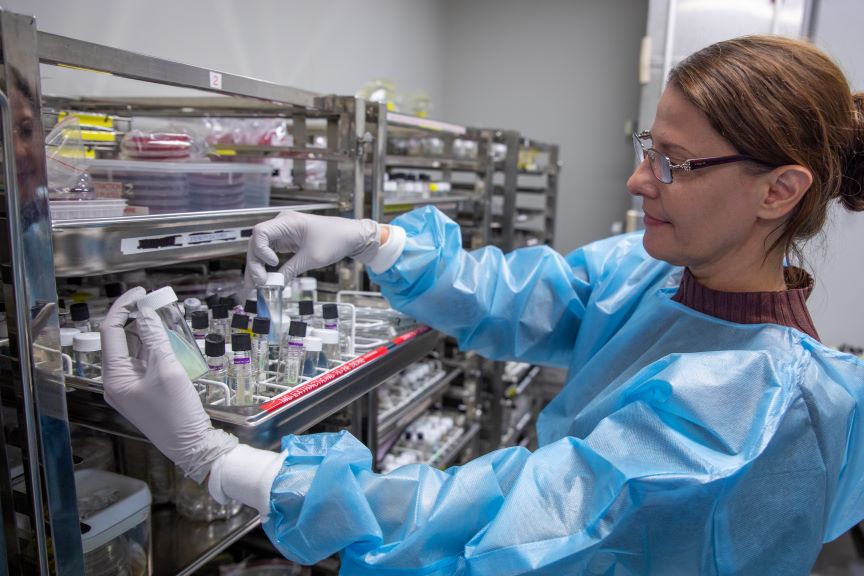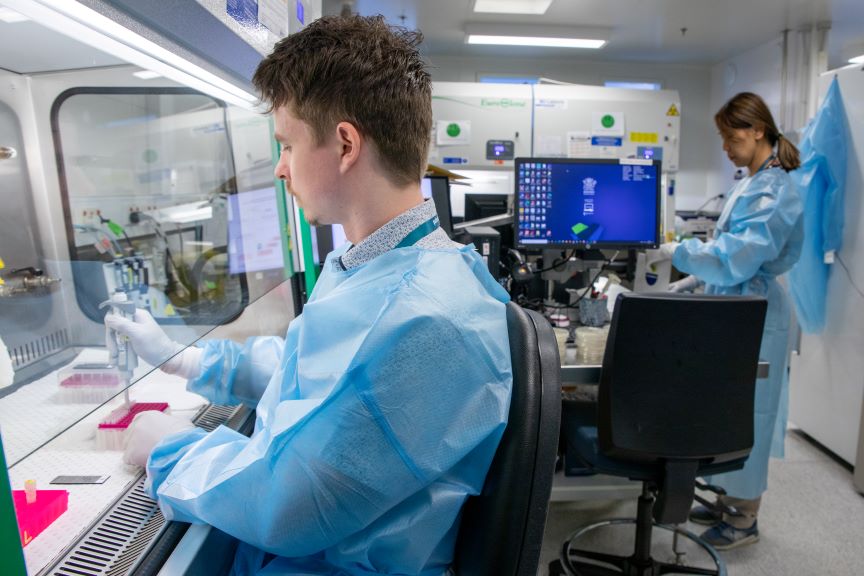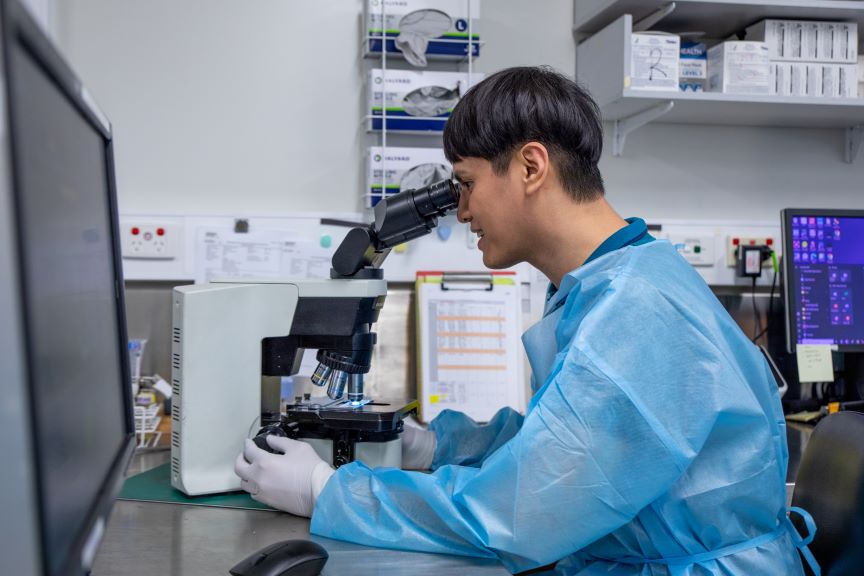 You might be surprised to know tuberculosis (TB) remains one of the world’s deadliest infectious diseases.
You might be surprised to know tuberculosis (TB) remains one of the world’s deadliest infectious diseases.
While Australia has one of the lowest rates of tuberculosis in the world – a group of Brisbane-based microbiologists are leaders in tuberculosis diagnostics in the Western Pacific region and are making their mark to support global efforts against the disease.
The Queensland Mycobacterium Laboratory (QMRL), which comes under Queensland Health’s Pathology Queensland unit, is the only World Health Organization (WHO) Collaborating Centre for Tuberculosis Bacteriology in Australia and one of three in the Western Pacific Region. The other centres are in Japan and South Korea.
QMRL has been a collaborating centre for the past 25 years, providing training and diagnostic services on WHO’s request.
Laboratory Director Dr Chris Coulter said the QMRL plays a key role in global efforts against TB, especially in relation to drug resistant TB strains.

“Until the COVID-19 pandemic, TB was the leading cause of death from a single infectious agent. Australia has a significant role to play in reducing the burden of TB, given its impact on our closest neighbours and some migrants to Australia,” Dr Coulter said.
“One of our major tasks, as part of a WHO Collaborating Centre, is providing a high level of support to Papua New Guinea in their work against TB and helping TB patients.
“Every month, we test around 100 TB samples from Papua New Guinea to determine which samples are antibiotic resistant and this helps to determine the most effective treatment.
“We want to mitigate the threat posed by drug resistant tuberculosis in the Pacific region, and we can do this by enhancing knowledge and testing new strategies to combat drug resistant TB. Not only does it help our nearest neighbours, but it also helps lessen the risk of TB in Australia.”
Dr Coulter said the laboratory also supported other countries in the Asia Pacific region through training activities, assessment visits and identification and antibiotic susceptibility testing of tuberculosis strains.
“We’re regularly talking to and training people from other labs across Southeast Asia. In addition to Papua New Guinea, we also provide diagnostic support and help build lab capacity for Vanuatu, Fiji, Nauru and Sri Lanka,” he said.
Tuberculosis (TB) is caused by a bacterium called Mycobacterium tuberculosis. The bacteria usually attack the lungs, but TB bacteria can attack any part of the body such as the kidney, spine, and brain.
There are two types of TB-related conditions – latent infection and TB disease. A latent infection has no symptoms but can live in the body for years and become clinically apparent (TB disease) when immunity weakens – but not everyone infected with TB bacteria becomes sick.

Tuberculosis is a notifiable condition. This year to date, 182 cases of TB have been reported in Queensland.
QMRL Chief Scientist, Dr Sushil Pandey said it is not only TB that Queensland’s microbiologists are looking at – there is also bacteria closely related to that of TB that is of particular interest.
“We test more than 25,000 mycobacterium samples every year. Samples are not just confined to TB – we are also testing other mycobacterium species. Most samples come from Queensland patients,” Dr Pandey said.
“We also do work around Buruli ulcer, also known as Bairnsdale or Daintree ulcer, which is caused by a different mycobacterium to TB. We see this disease in certain areas of the country, including Far North Queensland, Northern Territory, and significantly in Victoria.
“We also provide laboratory support into research on Mycobacterium abscessus, an environmental bacterium that is particularly dangerous for people with cystic fibrosis,” he said.